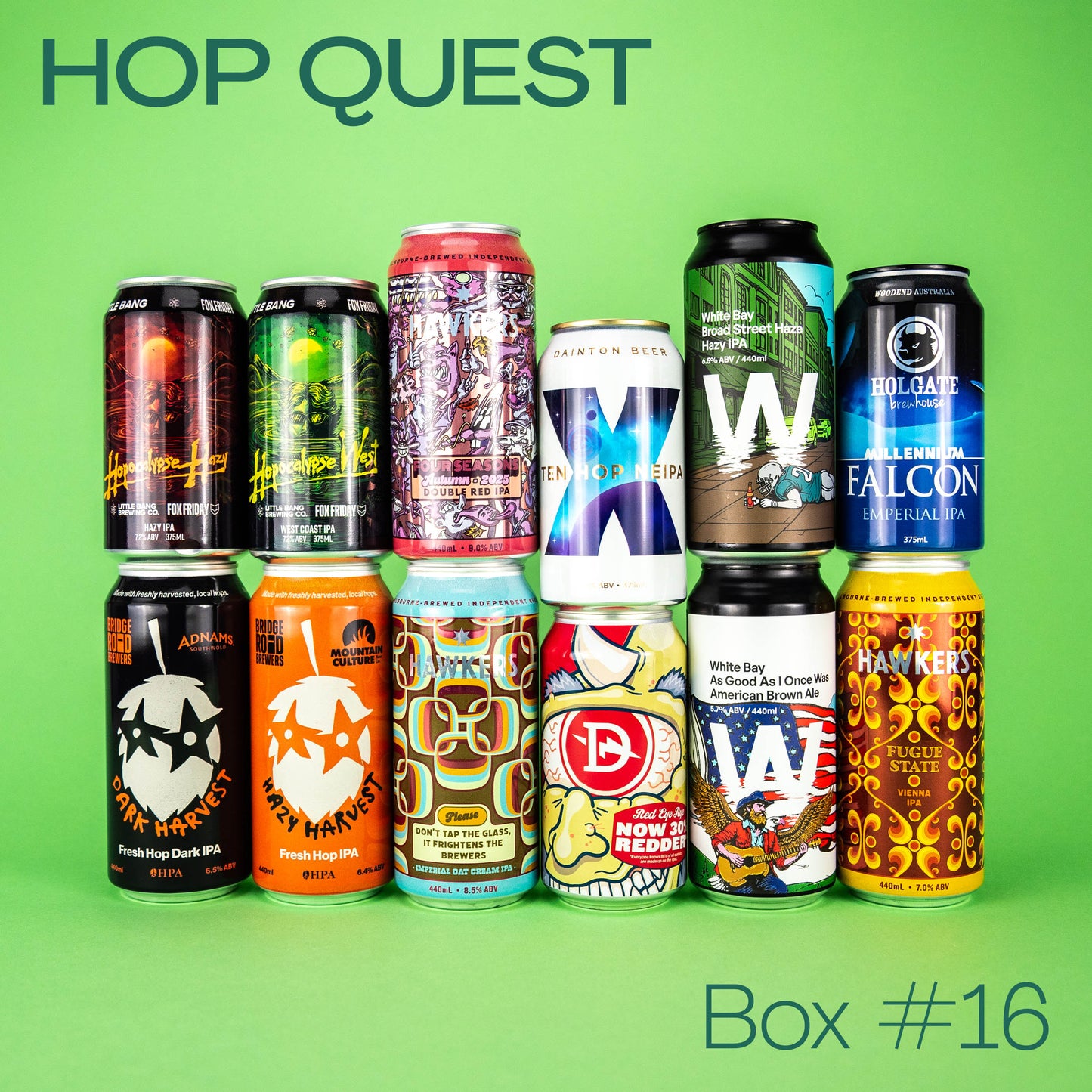Early in my beer career the wonder of Mikkeller 1000 IPA came up often; it’s a beer that claims to have a whopping 1000 IBU! At the time I worked for Brewdog where staff would speak of wanting to try it and customers who tasted it would exclaim how it was like ‘being punched in the mouth’.
Well, on a fateful trip to the OG Brewdog in Aberdeen they just so happened to have it ON TAP! I ordered a taster glass, because I didn’t want to be punched in the mouth repeatedly, then with a mix of glee and fear took a sip and…was completely underwhelmed! It was as though an ancient myth had been spun through time and what was meant to be Excalibur tuned out to be a pairing knife in comparison.
But there are many possible reasons why I didn’t feel as though my taste buds were being scrubbed off, and it all comes down to science.
International Bitterness Units or IBUs, you may remember from one of our Schmoozeletters, earlier Glossary of Terms, is the measurement of bitterness units in beer measured in parts per million (ppm). The bittering unit that we will focus on are alpha acids which must be heated to dissolve into the wort and undergo isomerization* to become a bittering compound; this is one of the reasons why hops are put into the boil.
Now, you would think you could just chuck a ton of hops in the boil and get a ton of isomerized alpha acids in return, and just keep adding hops to get your beer’s IBU’s up to the stratosphere? Well, it’s not that simple. Here is where I fell down the rabbit hole. I won’t go into at length for a number of reasons 1) I am not an authority figure on the science of brewing, just a fan of beer and 2) this is a controversial topic with many variables. I have therefore provided resources below for you to delve into for more information than I am able to provide here.
According to some studies there is a cap on the solubility of alpha acids in wort and therefore a cap on the amount of isomerized alpha acids in the final product dependent on temperature and pH of the wort; “The alpha-acid solubility at boiling and typical wort pH is not a fixed value, but begins at 240 ppm and increases gradually to 490 ppm. At concentrations below 240 ppm, all of the alpha acids dissolve into the wort…Any alpha acids that are above this limit are quickly degraded and do not contribute to the isomerized alpha acids (or oxidized alpha acids) in the finished beer.” (Alchemy Overlord. 2018). A typical wort’s pH is around 5.2-5.4, if we were to up the pH of the wort this could contribute to higher percentages of dissolved alpha acids and therefore more isomerized alpha acids, however this can result in texturally unpleasant bitterness and lead to other issues within the beer.
Isomerized alpha acids are more soluble in wort than non-isomerized alpha acids, with a study stating “The solubility limit of the isomerized alpha acids is much higher, at 900 ppm in wort”(Alchemy Overlord. 2018), however we run into another complication; Apparently heat eventually breaks down isomerized alpha acids reducing, if not entirely wiping away their bittering qualities. That which createths takeths away. By this thought, even if you were to keep adding more and more hops to your boiling wort, the isomerized alpha acids you are producing are in turn being disassembled by the heat and the equation will eventually come to a plateau.
So, what is the highest IBU a beer can actually have? I don’t have the answer and there doesn’t seem to be an agreement on the interweb. In no way am I trying to disprove Mikkeller’s 1000 IBU, it sparks a very interesting discussion, and if they are willing to share with me how they did it I would be all ears!
But its not just the amount of isomerized alpha acids (sick of hearing those words yet?) that attributed to my experience of the beer. The IBU is a scientifically calculated measurement that requires all sorts of fancy gadgets to figure out and it turns out the final number doesn’t actually mean a whole lot to what you will experience on the palate.
Ok first off, it is highly up for debate whether humans can detect bitterness above 100 – 120 IBU, so anything above that may just be a moot point. But even if the IBU reaches extreme heights there’s a good chance it won’t taste that extreme to the drinker. This is because of ‘perceived bitterness’ which depends on an array of factors.
The beer’s whole composition must be taken into account; sweetness, carbonation, temperature, acidity and alcohol content, basically overall balance, will change how the bitterness translates on the palate. Mikkeller 1000 IPA came in at 9.6% and, if memory serves correct, had quite a decent amount of residual sugar.
Then there’s personal preference and tolerance to bitterness. At the time that I tasted the Mikkeller 1000 IPA I was heavily into my big, bold, and bitter West Coast IPAs. My palate was probably so acclimatized to high levels of bitterness in beer that the punchy effect of such an extreme IBU was somewhat lost on it. Since then my palate has evolved, I love a good dank WCIPA but I also love more delicate, subtle beers and they fill my fridge more often than not these days. I wonder, if I tried that 1000 IBU beer now if I’d get that punch in the face I was expecting all those years ago?
Maybe Mikkeller really brewed a beer with 1000 IBU or maybe its just a name for a theoretical concept. One thing is for sure though, they weren’t going to let sleeping dogs lie…later they released a 15.5% TIPA with an exorbitant 3000 IBU!



